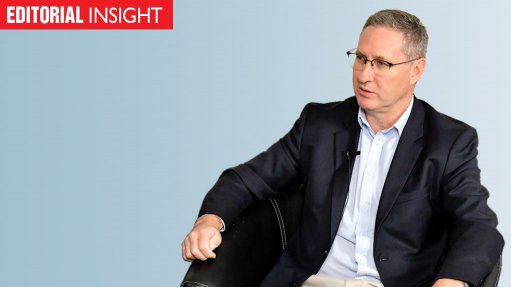
Despite the National Energy Regulator of South Africa’s (Nersa’s) decision to appeal a recent adverse High Court judgment against it in relation to its mistreatment of a R69-billion equity injection into Eskom, the ruling still serves as a wake-up call for energy policymakers and regulators.
Judge Fayeeza Kathree-Setiloane’s assessment of Nersa’s performance is not only scathing, but deeply disturbing, describing some of the regulator’s reasoning as “bizarre” and some of its decisions as displaying “a modicum of incompetence”.
The implications of the ruling are far-reaching and serious.
Once the decision to deduct government’s equity injection (which was divided into three yearly payments of R23-billion) from the utility’s allowable revenue was declared illegal, it was only logical for the court to argue that the amount should be added back. The judgment went further, though, by making that decision directly, rather than remitting it back to Nersa for a redetermination.
The first R23-billion, the judgment insists, must be added from April 1 next year, which would immediately increase the tariff to 128.24c/kWh, from the 116.72c/kWh approved by Nersa on March 7, 2019, as part of its fourth multiyear tariff determination (MYPD4) decision. In other words, unless successfully appealed, electricity tariffs that were meant to increase by 5.22% on April 1, 2021, will now rise by about 15%.
The other two R23-billion payments would then need to be added back during the 2022/23 and 2023/24 financial years respectively.
These financial years fall outside of the MYPD4 timeframe, which covers the three financial years from 2019/20 to 2021/22, and it is, thus, not yet possible to forecast the impact on the tariff. Nevertheless, the ruling provides a firm collar for higher upward adjustments even before the earlier adverse court rulings made in relation to Nersa’s treatment of several Regulatory Clearing Account applications come into play.
Nersa responded to the judgment by expressing “serious concern” that the ruling went beyond Nersa’s acknowledgment of procedural unfairness when it pronounced on the tariff and argued that, if left untested, the judgment would disrupt the industry and supress economic recovery.
Kathree-Setiloane’s ruling pre-empted that response, however, stating that the decision to prescribe the remedy was based on the fact that restoring the R23-billion illegitimately removed was a legal question, not an expert regulatory question. She also indicated that, had the decision been remitted to Nersa, the prospect of including the equity injection in the 2021/22 tariff would also be lost, increasing the risk of Eskom’s collapse, “with catastrophic consequences for the finances of the South African State”.
Instead of continuing to contest a matter that Nersa had already “conceded on the merits”, it would surely be better for the regulator and energy policymakers to direct their energies towards finding a tariff methodology that is fit for purpose and fair for all stakeholders. Failure to do so will have devastating consequences not only for Eskom, but for households and key productive sectors too.